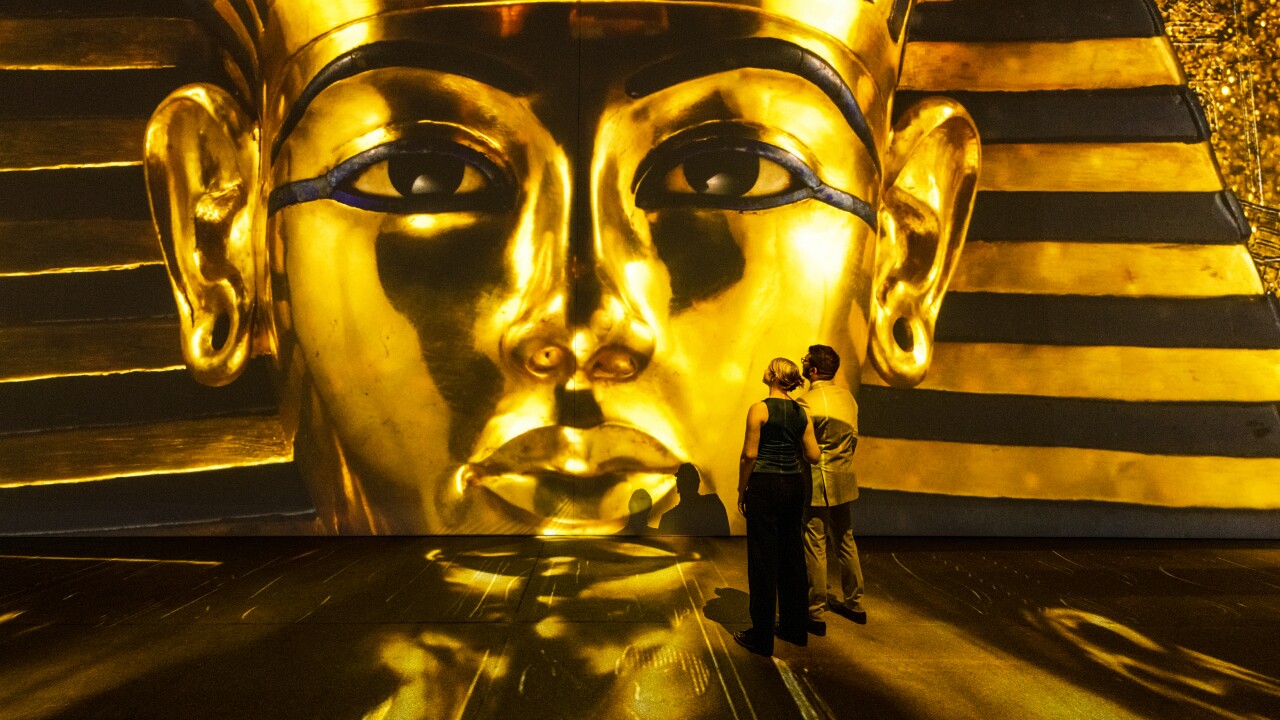
Nestled on the serene island of Agilkia in the Nile River, the Philae Temple stands as a testament to the grandeur and architectural brilliance of ancient Egypt. Dedicated to the goddess Isis, this magnificent temple has captured the imagination of travelers and history enthusiasts for centuries. Join us as we embark on a virtual journey to explore the captivating beauty and cultural significance of the Philae Temple.
- Historical Significance:
The Philae Temple dates back to the Ptolemaic period of ancient Egypt, with construction commencing around 380 BC. The temple was built to honor the goddess Isis, who was revered as the divine mother and protector. Due to its strategic location, the temple served as an important religious and cultural center, attracting pilgrims from across Egypt and beyond.
- Architectural Marvels:
The temple complex features a harmonious blend of ancient Egyptian and Greco-Roman architectural styles. From the monumental pylons that greet visitors at the entrance to the hypostyle hall adorned with intricately carved columns, every aspect of the temple showcases the mastery and precision of ancient Egyptian craftsmanship.
The inner sanctum, known as the Holy of Holies, is the most sacred area within the temple. It housed a shrine dedicated to the goddess Isis and was believed to be the dwelling place of her divine presence. The walls of the temple are adorned with vivid hieroglyphic inscriptions, reliefs, and scenes depicting religious rituals, mythological stories, and the divine lineage of the pharaohs.
- Relocation and Preservation Efforts:
In the 20th century, the construction of the Aswan High Dam threatened to submerge the Philae Temple underwater. To safeguard this invaluable heritage, an ambitious project was undertaken to relocate the temple complex to higher ground on Agilkia Island. This impressive engineering feat, completed in the 1970s, ensured the preservation of the temple and allowed visitors to continue experiencing its magnificence.
- Mystical Legends and Symbolism:
The Philae Temple holds numerous mythical and mystical associations. It was believed that the temple was the burial place of Osiris, the god of the afterlife, and the birthplace of his son Horus, the god of the sky. The annual flooding of the Nile was seen as the tears of Isis shed for her lost husband and served as a symbol of renewal and fertility. Exploring these legends adds an enchanting layer to the temple’s allure.
- Spiritual Significance and Modern-day Tourism:
Despite its ancient origins, the Philae Temple continues to be a site of spiritual significance and pilgrimage for contemporary devotees of the goddess Isis and other spiritual seekers. Visitors are captivated by the temple’s serene ambiance and its ability to evoke a profound sense of connection to the past.
Today, tourists from around the world flock to the Philae Temple to witness its timeless beauty and immerse themselves in the rich tapestry of ancient Egyptian history. A visit to this awe-inspiring site offers a unique opportunity to appreciate the cultural heritage of humanity and to explore the depths of our collective human experience.

